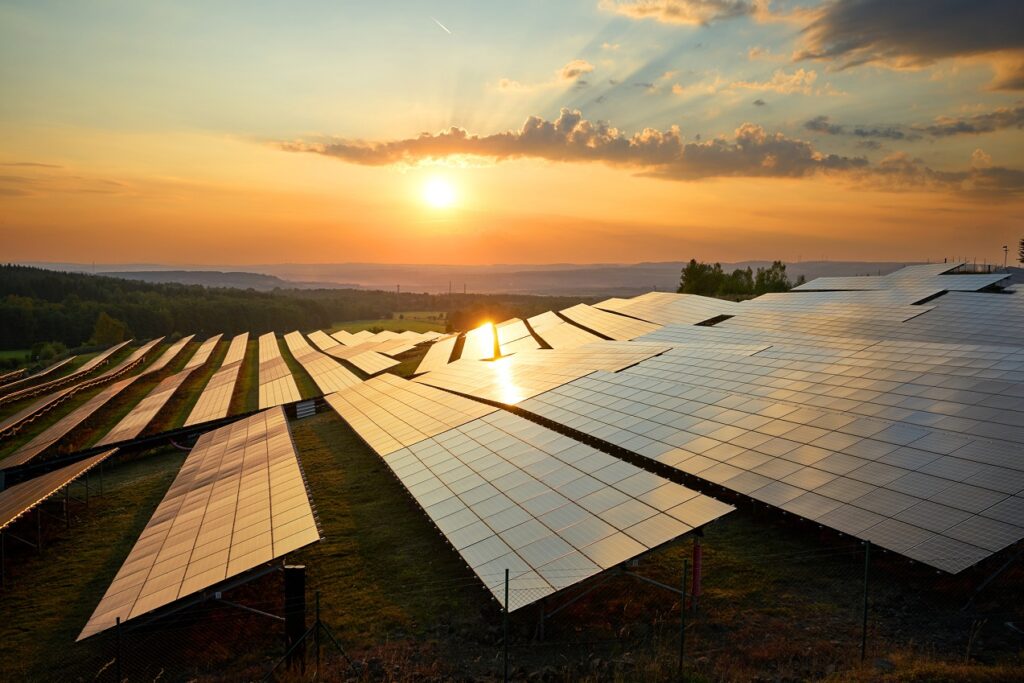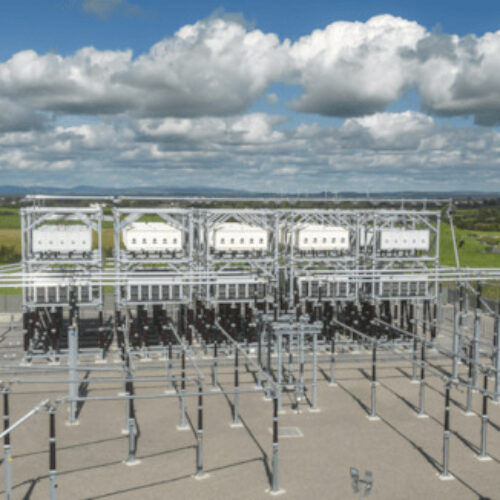Soaring generation from the UK’s solar assets sent UK power demand to a new low last month, according to data compiled by monitoring firm EnAppSys.
The data showed that average half-hourly demand throughout July stood at 26.2GW, courtesy of a significant amount of embedded generation from sources such as rooftop solar.
These sources are seen on the grid as demand reduction and, as a result, reduce the amount of power that is drawn down from the grid.
Throughout July the average embedded generation figure stood at 3GW.
Solar and other renewables have already witnessed a number of new generation records this year, particularly in Spring. Unseasonable weather in April helped solar to a new landmark generation record.
EnAppSys said that solar stood out from the rest of the country’s embedded generators with average PV generation between 10am and 2pm reaching 4.4GW per half-hour period. This, the firm said, resulted in a 13% reduction in gross demand.
Solar generation is in turn impacting on thermal unit such as coal, making it harder for them to come on stream due to their need to require longer run times. EnAppSys said it had seen more sporadic generation from coal over the last month, down to just 107 average running hours from 153 in July last year.
Katie Fenn, analyst at EnAppSys, said the embedded generation figures had had a “noticeable effect” on the daily demand curve. However she dismissed the likelihood for such events to reduce the grid’s stability
“Whilst this makes it difficult for large units to achieve long runs, and so reduces the spinning reserve online, this may not be such a big problem for system stability as it might appear, as fewer large units on line reduces the likelihood of a large single point of loss,” she said.
Her sentiments echo those made by National Grid, who earlier this year insisted it had the tools at its disposal to manage and stabilise the grid’s operational frequency at times of low demand.





